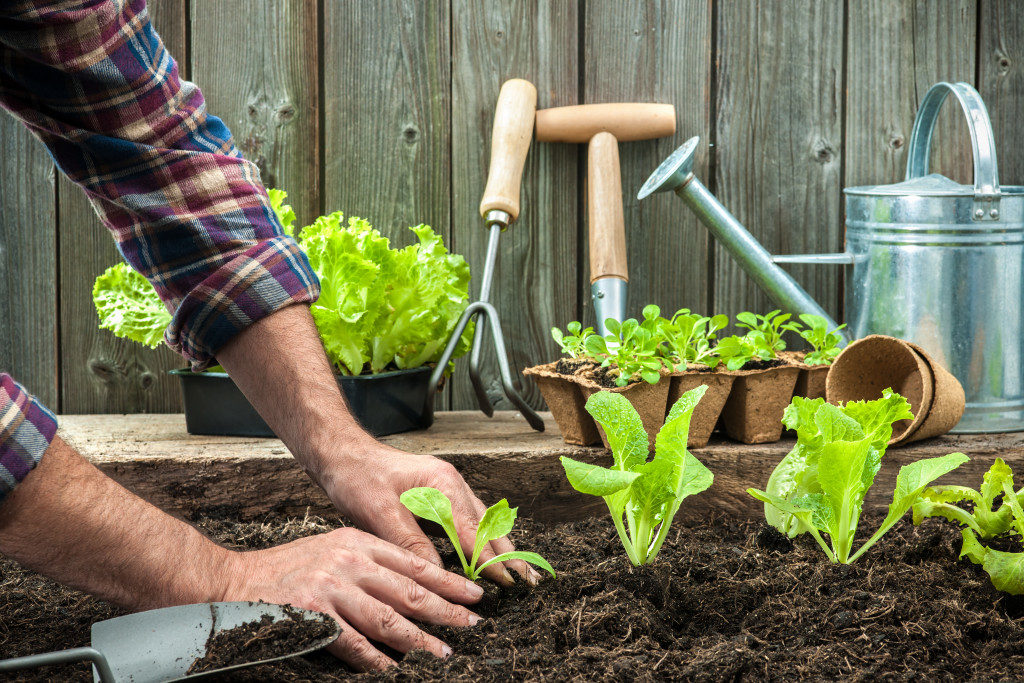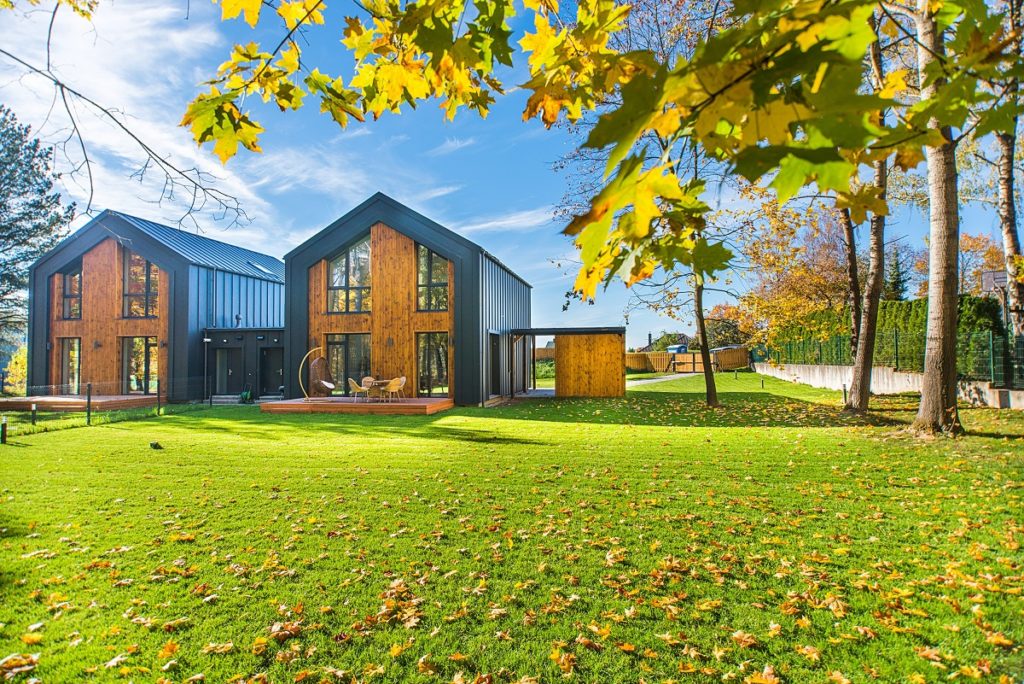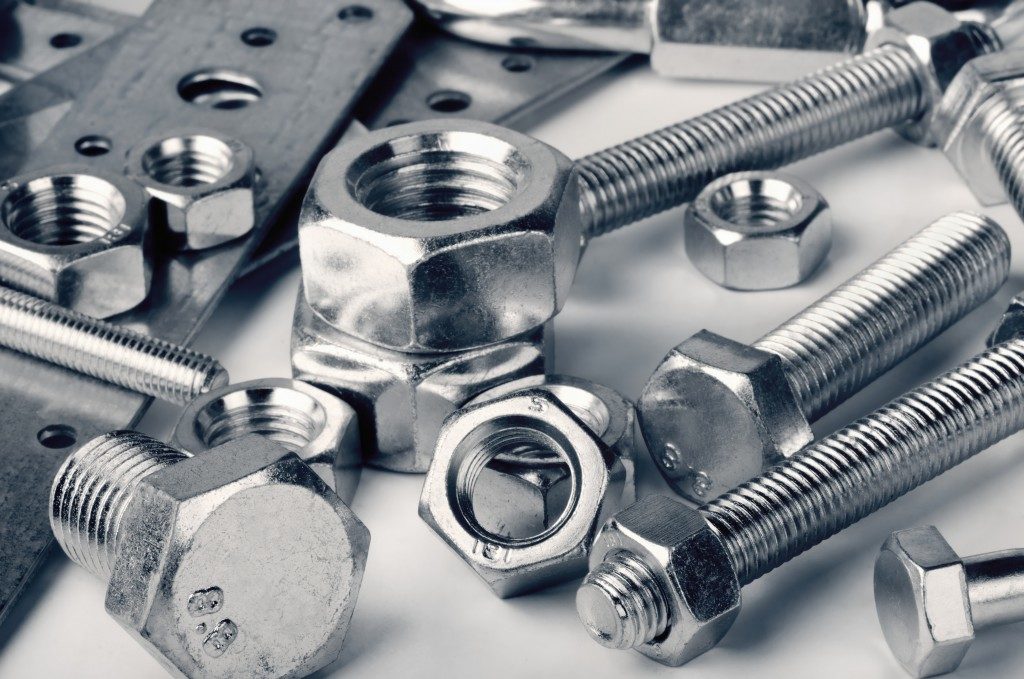A healthy-looking outdoor space is always a lovely sight to look at, but it requires regular maintenance to keep looking its best. To avoid having a dull, dying lawn, read on and follow these simple tips:
Examine your trees and shrubbery
Trees and shrubs provide focal points in your lawn, and they also need special care. Trim and prune them and get rid of branches that might be broken. To ensure that your trees get the special care they need and avoid potential hazards, you may opt to employ specialists. There are efficient tree surgeons in Maidstone, for instance, who can help assess the health of your trees and provide proper maintenance for them.
Have your soil tested and conditioned
Plants thrive in soil with a proper pH balance and amount of nutrients. Make sure to monitor and adjust your soil’s pH every few years to keep your soil optimal for plant growth. You may hire professionals to test your soil’s pH and nutrient levels.
It would also be useful to aerate your soil to ensure that your plants’ roots get air and water properly. You can aerate your soil by making small holes in the soil using a garden fork or other tools. This can also be done every few years for most gardens.
Feed and water your lawn properly
Most lawns in the UK will do fairly well without needing to add fertilizer, but adding the right fertilizer can make sure that your plants get the nutrients they need to keep their vigor and vibrant colors. Most gardening shops provide a variety of fertilizers. Choosing the right fertilizer depends on your soil’s needs and the weather in your area. Feeding your lawn once or twice a year is enough to keep it looking healthy.
Irrigation is also important in maintaining a lush, lively lawn. Again, the frequency and amount of watering that your lawn needs depend on your soil’s condition and your location’s weather. Overwatering your lawn may cause your soil to get waterlogged and lead to root rot.
Eliminate weeds
Weeds are pesky, invasive plants that rob your plants of nutrients. To remove them from your lawn, you may pull them by hand, but you must ensure that the whole weeds are pulled to prevent them from growing back. Weeding when the soil is damp makes it easier to remove the whole plant. You may also use a garden hoe to remove weeds. For large-scale weed infestations that are too tedious to handle by hand, you may opt for a chemical treatment. But this is not recommended because of the environmental hazards, so it must only be used when necessary.
Apply top dressing to your soil

Top dressing or mulch not only adds a decorative touch to your lawn; it also helps provide some protection from the elements to your soil. A fresh layer of top dressing helps your soil retain moisture in the summer and provides some insulation in the winter. It also keeps your soil from eroding. As it decays, it also adds organic material to your soil, providing nutrients to your existing plants. Remove excess, unwanted material such as thatch and dried leaves before applying two to three inches of top dressing.
Keep these tips in mind and regularly check on your lawn to make it thrive and maintain its beauty.


